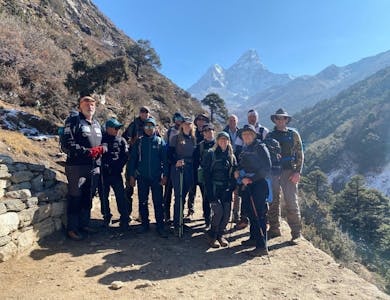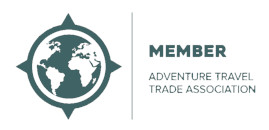Nepal’s New Peaks
Free Climbing Permits to 97 Mountains as Everest Tourism Surges

Nepal’s New Peaks: Free Climbing Permits to 97 Mountains as Everest Tourism Surges
Nepal has long been the ultimate destination for mountaineers, trekkers, and adventurers. Home to eight of the world’s ten tallest mountains—including the mighty Everest—the Himalayan nation has recently made headlines by announcing a bold new tourism strategy. For the next two years, climbers will be able to attempt 97 Himalayan peaks for free, a move designed to draw attention to Nepal’s lesser-known mountain ranges and reduce pressure on Everest.
This announcement coincides with a significant rise in Everest climbing fees, a reflection of both the mountain’s immense popularity and the challenges of managing sustainable tourism at the world’s highest peak.
See Everest Base Camp Treks >>
Why Nepal Is Offering Free Peaks
The 97 peaks included in this initiative lie in the remote Karnali and Sudurpaschim provinces of western Nepal. Ranging between 5,970m and 7,132m, these mountains are far less visited than the iconic Everest, Annapurna, or Manaslu. In fact, only 68 climbers have attempted them in the past two years.
By waiving fees, Nepal hopes to redirect adventurous spirits toward these pristine ranges, spotlighting what its tourism department calls the country’s “unexplored tourism products and destinations.” This could not only bring economic opportunities to some of Nepal’s poorest regions but also provide a more authentic, less crowded Himalayan climbing experience.
The Everest Factor: Rising Fees and Overcrowding
Everest continues to dominate Nepal’s mountaineering scene, drawing hundreds of climbers each year. In 2024 alone, 421 permits were issued for Everest—far outweighing interest in the free-to-climb western peaks.
But popularity comes at a cost. In recent years, the world has watched as long queues formed near the summit, with tragic accidents underscoring the risks of overcrowding. Environmental concerns have also grown, from waste left on the mountain to fragile ecosystems under strain.
In response, Nepal has raised the Everest peak season permit fee to $15,000 starting September 2025—the first increase in nearly a decade. Off-season climbs will also see steep price hikes, further reinforcing Everest’s reputation as both the pinnacle of mountaineering and one of the most expensive.
Opportunities Beyond Everest
For many climbers, Nepal’s new free peaks offer an exciting alternative. These ranges are not only stunning but also serve as ideal training grounds for those dreaming of one day tackling Everest. In fact, Nepal’s parliament is debating a law that would require climbers to first summit a mountain over 7,000m before attempting Everest—making the Karnali and Sudurpaschim ranges perfect preparation.
Yet, challenges remain. Access to these provinces is notoriously difficult, with limited infrastructure and connectivity. While the influx of climbers could provide jobs and income for local communities, it also raises questions about whether these areas are ready to handle increased numbers without damaging the very wilderness they hope to showcase.
What This Means for Adventure Travellers
For adventure travellers, this development opens new horizons. Imagine climbing a Himalayan peak in a remote, untouched valley—without the crowds, queues, or hefty permit costs of Everest. For seasoned alpinists, these mountains offer technical challenges and the chance to blaze new trails. For trekkers and cultural explorers, they promise encounters with communities far removed from Nepal’s main tourist circuit.
However, success will depend on how Nepal balances accessibility with sustainability. Will roads and lodges follow? Or will these climbs remain true wilderness adventures, demanding self-sufficiency and resilience? Either way, the initiative reinforces Nepal’s status as one of the most exciting frontiers for global adventure tourism.
Our Thoughts
Nepal’s decision to open 97 peaks for free is more than a tourism strategy—it’s an invitation to rediscover the Himalayas beyond Everest. It’s a chance for climbers to experience the grandeur of Nepal’s far west, for local communities to benefit from tourism, and for adventurers to test themselves on mountains where few have gone before.
For those planning their next big expedition, now may be the time to look west, to peaks that are high, wild, and free. Watch this space, we'll be featuring some of the new peaks soon...In the meantime please take a look at our iconic base camp treks:




